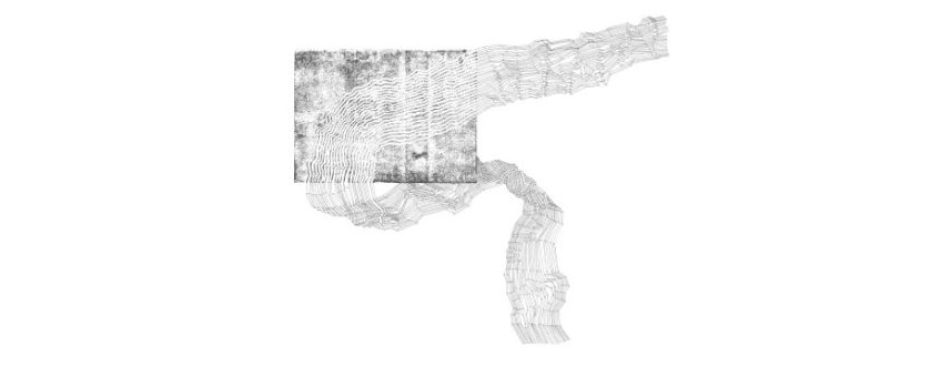Watching the three films for this task I felt Ade Adepitan was incredibly effective in concisely describing the intersecting difficulties of being both black and disabled. As an elite sportsperson the performance of one’s body is not only paramount but accessibility to infrastructure for the development of your abilities is also key. In discussing the simple lack of accessible transport around cities it highlighted to me the more specific problems which he must have had to overcome in order to gain access to adequate training equipment and facilities. The specialism of these undoubtedly comes at a high financial cost which is potentially harder to provide as a result of his ethnicity (Office for National Statistics, 2020).
Adepitan spoke of not being “allowed to shine” (Adepitan gives amazing explanation of systemic racism, 2020) by an oppressive society enforcing disability because of it’s lack of equity between disabled and non-disabled people, and I reflected that both he and Christine Sun Kim had used their disability as an opportunity to shine in spite of this oppression. The paralympics celebrates an incredible diversity of athletes, with recent advertising campaigns centred around them as ‘superhumans’ capable of determination and strength beyond human capacity (Innes, 2022). Not only is this a recognition of the unfair difficulties faced by disabled people but a celebration of their abilities. Sun Kim similarly uses her platform as an artist to visualise and contextualise the difficulties of being deaf, making artworks that are relatable to both deaf and hearing people. By enacting these at the scale of a city her work becomes unavoidable and therefore reflects the scenario faced by disabled people on a daily basis of having to address the needs of other abilities which non-disabled people perhaps don’t. She speaks of collaboration as being a positive consequence of her deafness which enables her to break beyond the comfort zone of a community formed around similar difficulties. I found this an interesting counterpoint to Chay Brown who refers to the LGBTQ+ community in a generally positive sense, though he references difficulties faced by being both trans and disabled within that sphere.
All three films however enforce the need for collective action and universal acceptance of the whole spectrum of disability. The points made by Chay Brown about not only physical accessibility but also with regard to hidden disabilities and neurodivergence made me reflect upon my own teaching situation; for example I conduct tutorials in a shared studio space which is often noisy and spatially cramped. For some people this may be sensorially overwhelming and so I should consider allowing students to work in other areas outside their tutorial slot. However this can reduce community between students, which I have observed over a number of years to create higher course engagement and therefore academic success. I am also aware the prescriptive outcomes of an architectural brief may not suit different neurodiversities. There are requirements for reading, writing, drawing, modelling and public presenting which undoubtedly force some students to adapt to practices which are difficult for them. Addressing this may form part of my Intervention for this IP unit.
References:
Ade Adepitan gives amazing explanation of systemic racism (2020). Available at: https://www.youtube.com/watch?v=KAsxndpgagU (Accessed: 26 April 2024).
Christine Sun Kim in “Friends & Strangers” – Season 11 | Art21 (2023). Available at: https://www.youtube.com/watch?v=2NpRaEDlLsI (Accessed: 26 April 2024).
Innes, M. (2022) 10 years of ‘Superhumans’: Inside Channel 4’s transformational Paralympics campaign, Marketing Week. Available at: https://www.marketingweek.com/super-humans-inside-channel-4-paralympics-campaign/ (Accessed: 26 April 2024).
Intersectionality in Focus: Empowering Voices during UK Disability History Month 2023 (2023). Available at: https://www.youtube.com/watch?v=_yID8_s5tjc (Accessed: 26 April 2024).
Office for National Statistics (2020) Household wealth by ethnicity, Great Britain. Available at: https://www.ons.gov.uk/peoplepopulationandcommunity/personalandhouseholdfinances/
incomeandwealth/articles/householdwealthbyethnicitygreatbritain/april2016tomarch2018 (Accessed: 26 April 2024).

This is similar to the approach I have taken to this task. You could perhaps have focussed more on insectionality in terms of your own context rather than solely neurodiversity but I recognise the word count is restrictive! It sounds like you will be developing your thoughts on this as the course progresses.
Hi Joe! Your comment regarding the assessment requirements for your brief poses an interesting dilemma; how do you apply reasonable disability adjustments while ensuring that industry skills are taught and improved over the course of the students time in study to adequately prepare them for life post degree?
You mentioned that the resources recognise that universal acceptance of the whole spectrum of disability is necessary. Since we cannot accept something we have limited or no awareness of, perhaps this highlights a need for mandatory disability awareness training for teaching staff.